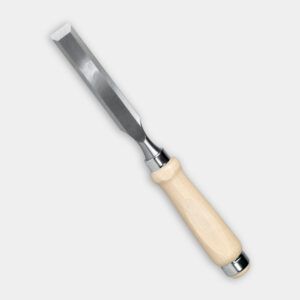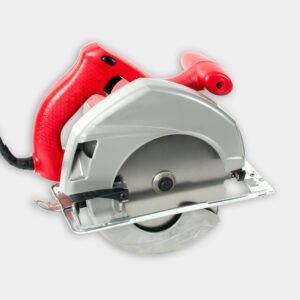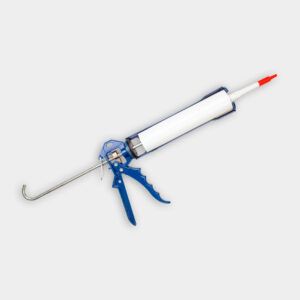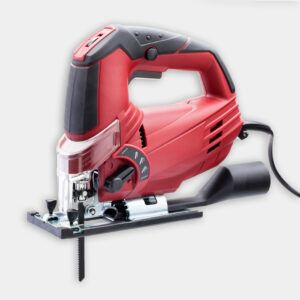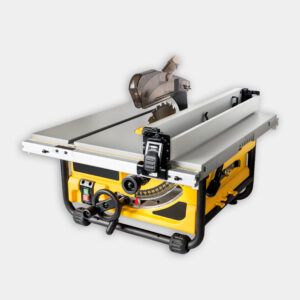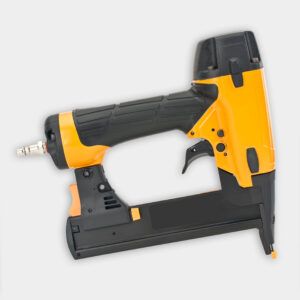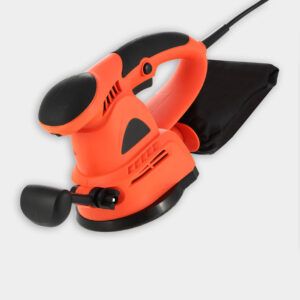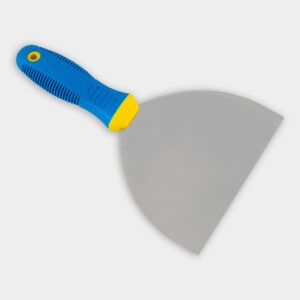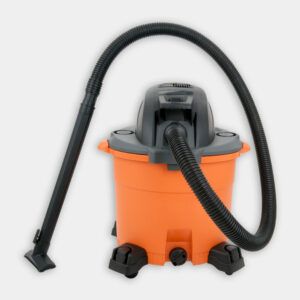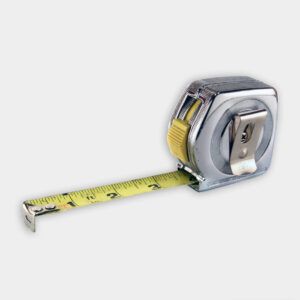Project details
Skill
Cost
Estimated Time
Tongue and groove wood flooring is popular for its sturdiness and classic look. However, these floors can get damaged over time and need to be repaired or replaced. In the video above, This Old House general contractor Tom Silva demonstrates how to remove and replace damaged tongue and groove floorboards. We’ll provide more details in our guide below.
Common Issues With Tongue and Groove Flooring
Tongue and groove is a type of wood flooring where each board has a protruding “tongue” on one edge and a corresponding “groove” on the other edge. This design allows the boards to interlock, creating a tight, seamless fit. However, several issues can arise with this flooring, including the following:
- Gaps between boards
- Loose or squeaky boards
- Scratches and dents
- Warping or buckling
- Water damage
Tools and Materials Needed To Repair Tongue and Groove Flooring
Before beginning the repair process, make sure you have the following tools and materials:
- Caulk gun
- Circular saw
- Construction adhesive
- Finish nailer
- Flat pry bar
- Jigsaw
- Putty knife (3-inch)
- Random orbit sander
- Replacement floorboards
- Sandpaper (120-grit and 100-grit)
- Shellac
- Shop vacuum
- Table saw
- Tape measure
- Wood chisel (1-inch)
- Wood filler
- Wood stain
- Polyurethane varnish
Removing Damaged Floorboards
The first step in repairing tongue and groove flooring is removing the damaged boards. This must be done meticulously. Carelessness can lead to further damage, making the repair process more labor-intensive and costly. Follow these steps:
- Use a chisel and hammer to cut through the damaged floorboards by holding the chisel away from the joint.
- Cut straight down through the tongue at the end of the damaged board using the chisel.
- Pry the severed tongue from the groove of the adjacent board.
- Remove the damaged boards using a flat pry bar, gently lifting each section.
- Clean the exposed subfloor of dust and debris to prepare for the new boards.
Installing New Tongue and Groove Floorboards
Once the damaged boards are removed, it’s time to install new ones. Use precision to achieve a smooth fit with the existing flooring.
Measure and Cut New Boards
- Measure down from the top of the board (not the tongue) to determine the space where the new board will be installed.
- Set your circular saw to a slight 5-degree bevel angle, which is best for a snug fit.
- Carefully cut the new floorboard to the measured length.
Installing New Boards
- Apply construction adhesive to the subfloor, keeping an even distribution.
- Place the new board, fitting its end tongue into the groove of the adjacent board.
- Press down on the new board and use a hammer with a scrap wood block to tap it into place, securing a tight fit.
- Continue installing new boards, using a jigsaw to notch around obstacles if necessary.
- For the last row, rip the boards to width using a table saw. This ensures that the final board fits perfectly into the remaining space.
- Face-nail the last row to the subfloor. This step provides additional stability and makes sure the board remains in place.
Finishing the Repaired Flooring Area
After installation, the repaired area needs to be finished to match the surrounding floor. Achieving a consistent look requires sanding and applying the finishing products.
Sand and Fill
- Sand the new floorboards using a random orbit sander with 120-grit abrasive disks. This smooths down any uneven surfaces and prepares the wood for the finish.
- Fill nail holes and seams between boards with wood filler for an even, flush layer.
- Allow the filler to dry, then sand the area again. This creates a smooth, even surface for applying the finish.
Apply Finish
- Use a foam brush to apply two coats of shellac to the new boards. Let it dry overnight for maximum adhesion and strength.
- Lightly sand the shellac with 100-grit sandpaper. This prepares the surface for staining by creating a smooth, even texture.
- Apply wood stain to match the color of the existing floor. Consistency in color guarantees the new boards blend perfectly with the existing flooring.
- Once the stain is dry, apply two coats of polyurethane varnish for protection. This adds a layer of durability and sheen and a professional appearance.
Tips for a Seamless Tongue and Groove Flooring Repair
To make sure your repair blends with the existing floor, consider these tips:
- Feather the edges of the sanded area to blend with the surrounding floor.
- Match the wood species and grain pattern of the original flooring.
- Take your time matching the stain color to the existing floor. The color should be indistinguishable between the old and new sections.
- Use a filler strip if necessary to maintain consistent board spacing. This helps avoid noticeable gaps that can mar the floor’s look.
- Test your stain on a scrap piece of the board to check the color accuracy. It’s easier to adjust before application than correcting a mismatch.
Preventing Future Damage to Your Tongue and Groove Flooring
Here are some best practices to keep your tongue and groove flooring in top condition:
- Clean spills immediately to prevent water damage. Liquids that seep into the wood can cause swelling and discoloration.
- Use furniture pads to prevent scratches and dents from heavy furniture. This precaution reduces the impact of weight and friction.
- Keep consistent indoor humidity levels to prevent warping. Extreme fluctuations in humidity can cause wood to expand and contract, leading to swelling or buckling.
- Regularly clean the floor according to manufacturer recommendations. Consistent care preserves the floor’s appearance and longevity.
Additional Considerations When Repairing Tongue and Groove Flooring
When repairing your tongue and groove flooring, decide what tools you’re going to rent versus buy. Tools like a table saw or random orbit sander should probably be rented if you don’t think you’ll use them frequently. Always wear safety gear when using power tools, including goggles and ear protection.
Hiring a Professional
If this project seems daunting or you don’t have the necessary tools, consider hiring a professional. A flooring expert can complete the repair efficiently and guarantee a perfect match with your existing floor.
Selecting Replacement Boards
Your chosen replacement floorboards can considerably impact the project outcome. Make sure the wood type matches your existing floor. If your current flooring is an unusual style of wood, you might need to order specialized boards to get an exact match. Buying boards from the same manufacturer can help keep consistency in style and finish.
